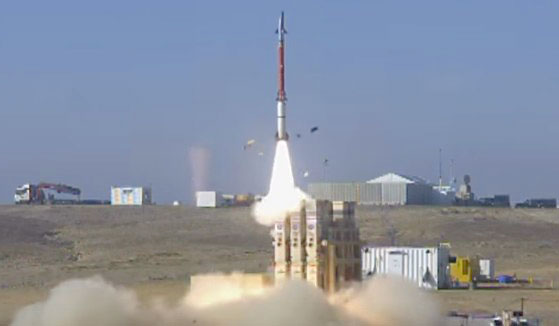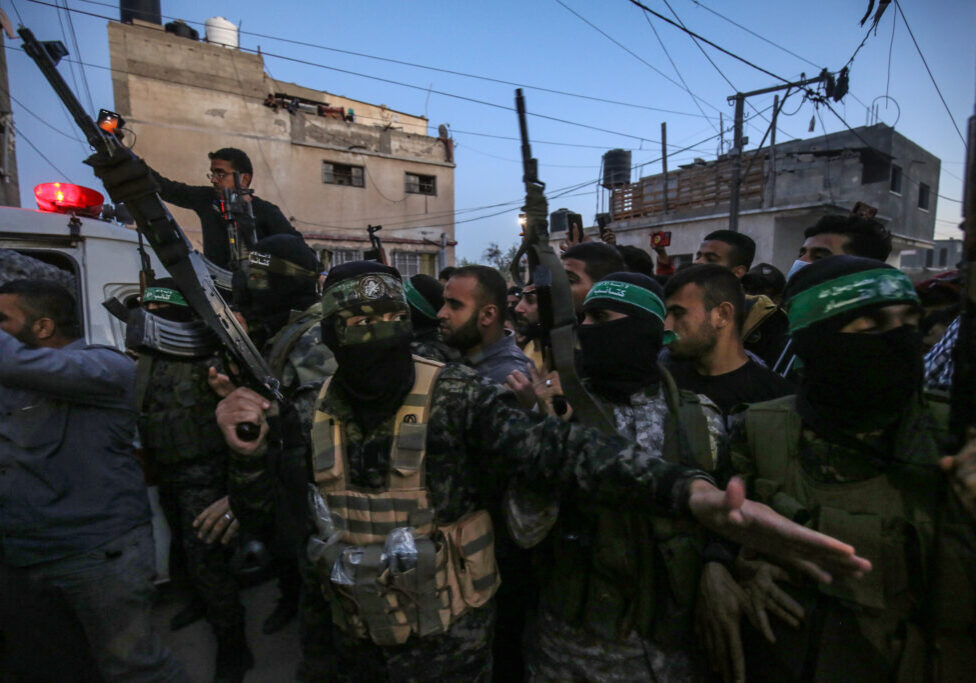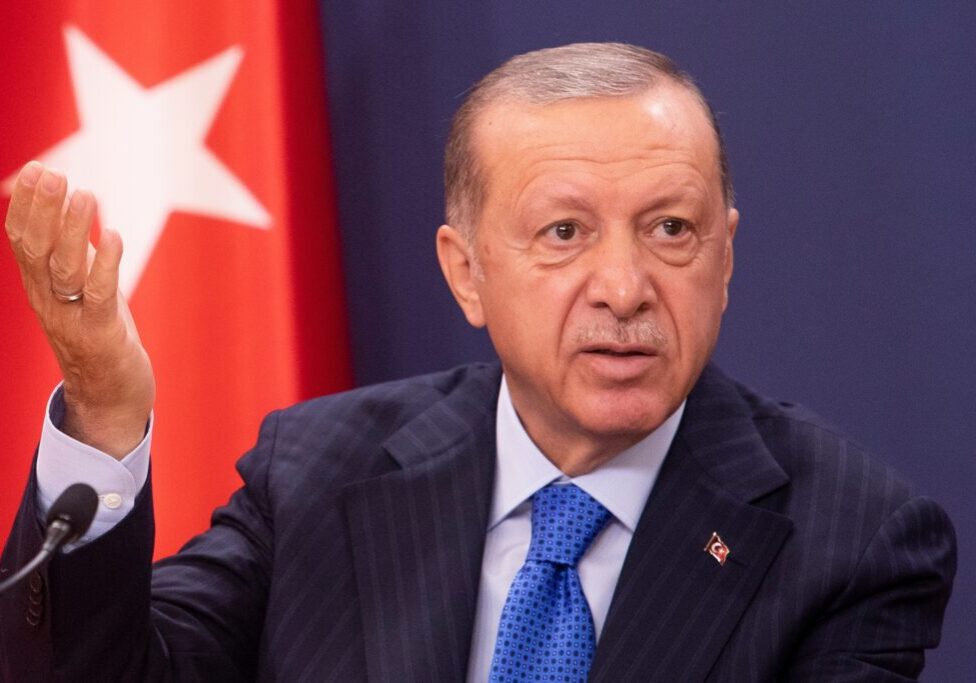Australia/Israel Review
Israel’s Missile Defence Race
Jun 30, 2016 | Rachel Kaye

Rachel Kaye
The newest component of Israel’s active defence network – the David’s Sling Weapons System – has been delivered to the Israeli Air Force ahead of full deployment later this year. David’s Sling will act as a middle tier within Israel’s multi-layer missile defence network, operating above the Iron Dome system and below the Arrow-2 (and, ultimately, the Arrow-3, which looks likely to commence operations by the end of 2016).
The world’s most revolutionary system of missile defence, David’s Sling will play a crucial role in Israel’s race to defend itself against enemies possessing weapons of greater quantity, range and accuracy than ever before.
The Role of David’s Sling
A joint US-Israeli project, David’s Sling is designed to complement Iron Dome and the Arrows; taken together, the four systems aim to provide comprehensive protection of Israeli airspace from weapons of different sizes and ranges. Iron Dome, operational since early 2011, has had great success in intercepting short-range, low-accuracy rockets (within the 4-70 km range) while the role of the Arrows is to counter longer-range missiles (Arrow-2 seeks to intercept ballistic missiles within the atmosphere; Arrow-3 will seek to destroy ballistic missiles in space).
David’s Sling will deploy between these layers, providing air defence against longer-range artillery rockets, short-range ballistic missiles (between 40-300 km), low-flying cruise missiles, and unmanned aerial vehicles. In particular, it seeks to defend against Hezbollah’s increasingly accurate arsenal of weapons, which include Syrian-made 302 mm rockets, Iranian-made Fateh-110 rockets, and Scud-B ballistic missiles that can deliver warheads of 985 kg over a range of 300 km.
The star of the David’s Sling system is its two-stage, surface-to-air interceptor missile (nicknamed “Stunner”), which is extraordinarily fast, highly manoeuvrable and retains the ability to be retargeted in real time. It claims a high probability of single-shot interceptions in all weather conditions and an ability to maximise the ‘keep out’ distance, lessening the risk of collateral damage from falling debris.
Israeli Threat Perception
From its humble beginnings as a military R&D project some two decades ago, Israel’s missile defence apparatus is currently amongst the most technologically advanced in the world. Despite initial scepticism within the Israeli Defence Force (IDF) about the strategic value of active missile defence, the network is now widely viewed as an indispensable component of IDF capability given the strategic realities that Israel faces – as a tiny nation under frequent rocket attack from enemies on several fronts (specifically, Hezbollah in Lebanon; Hamas and Islamic Jihad in Gaza). It is estimated that, since 2006, there have been in excess of 10,000 rockets and missiles fired into Israel.
Of most concern to Israeli strategists today, however, is the increased financing and technological support that an emboldened Iran – free from crippling sanctions following its signing of the Joint Comprehensive Plan of Action (JCPOA) – will lend to its proxies Hezbollah and Hamas. With Iran’s backing, Hezbollah has already managed to build up a formidable arsenal of over 130,000 rockets and missiles with enough range and precision to target critical infrastructure and major population centres within Israel. As the Syrian civil war continues into its fifth year with little sign of abating, Iran is making use of its free rein and influence to transfer advanced arms and technology to Hezbollah across Syrian territory; a reality that Israel is incapable of preventing completely despite consistent attempts to block some of the most worrying transfers. Whilst Iran is legally prohibited from advancing its nuclear weapons program over the next decade, the Islamic Revolutionary Guard Corps has vowed to pursue its development of ballistic missiles which is not precluded by the JCPOA (though it technically violates UN Security Council Resolution 2231). Furthermore, as the Syrian conflict increases in severity, so does the risk of extremist groups like Jabhat-al-Nusra and ISIS using the Golan to launch attacks into Israel.
The IDF is acutely aware of such threats. As Zvika Haimovich, commander of the Israel Air Force’s Aerial Defence Division, notes:
Our adversaries are investing in improving the range, deadlines [sic] accuracy and quantity [of their projectile arsenals]. We see these things, and we are preparing ourselves. This is a race, between us and our adversaries.
Iron Dome: Goals and Successes
So far, Israel’s active defence system has come out ahead. Iron Dome, the nation’s prized anti-rocket system, has gained global recognition for its success in intercepting Hamas-fired rockets from Gaza – most notably, in Operation Pillar of Defence (14-21 November 2012) and Operation Protective Edge (8 July-27 August 2014). Since its debut in April 2011, Iron Dome has reportedly conducted over 1500 intercepts at a success rate of approximately 90% when calculated against the number of rockets deemed to pose a substantial risk to civilians or property (one of the more exceptional features of the system is its ability to track the path of projectiles and determine their place of landing – an interceptor missile is only launched to destroy rockets that are predicted to pose a meaningful threat, thus curtailing unnecessary costs).
Israel’s foray into missile defence dates back to the mid-1980s when research into the Arrow system began (a project amplified following Saddam Hussein’s firing of missiles into Israel during the 1991 Gulf War). However, it was the 2006 Lebanon War that highlighted the urgent need for shorter-range rocket defence, after Hezbollah launched more than 4,000 rockets into northern Israel in one month alone, causing 44 Israeli civilian deaths.
According to the Israeli Ministry of Defence, Iron Dome (and missile defence more broadly) serves three distinctive governmental purposes: ethical, economic and strategic.
Dr. Uzi Rubin, former head of Israel’s Missile Defence Organisation, explains:
Ethically, the system represents the state’s obligation to protect citizens’ life and property. Economically, the system prevents the paralysis of the nation’s economy. And strategically… it is a way to [as Brig. Gen. Danny Gold said] ‘avoid costly military operations and allow the political leadership to have alternative courses of actions other than escalation.’
Indeed, the greater flexibility that Iron Dome affords to Israel’s leaders is evident when one compares the government’s response to Hamas rocket attacks pre- and post-Iron Dome deployment. During Operation Cast Lead (December 2008 – January 2009), the Israeli military was forced to conduct an extensive ground campaign to eradicate Hamas’ rocket factories, launch pads and stockpiles in addition to an air and naval bombardment. In Operation Pillar of Defence (2012), however, Iron Dome allowed the Israeli leadership to respond to Hamas primarily through the use of targeted air strikes, thereby avoiding having to launch a ground incursion into Gaza (and the casualties associated with such an escalation).
Active defence is also a means of deterrence by denial (this is different to deterrence by punishment which involves the threat of unacceptable retaliatory action and remains a crucial pillar of Israeli military strategy).
Theoretically, the deployment of a defence shield should dissuade adversaries from deciding to attack by demonstrating the futility of such actions and denying them operational success. In Israel’s case, however, it appears that the emergence of Iron Dome has served to encourage its enemies to accumulate sophisticated arsenals for the purpose of bombarding and overcoming Israeli defences. Evidence suggests that Hamas, for example, has compensated for the decreasing threat value of its rocket attacks by significantly increasing the average number of projectiles fired into Israel per day and extending their ranges.
In addition, as Dr. Daphné Richemond-Barak and Ayal Feinberg explain:
Hamas has attempted to redress conflict inequality by reverting to alternative, more traditional methods of warfare. This includes suicide bombings, which remain unhindered by the use of intelligent defence systems…. [and] kidnappings of both soldiers and civilians. Hamas has also invested heavily in building tunnels reaching into Israeli territory…. It is these tunnels, and Israel’s ground incursion to root them out, which resulted in the large number of Israeli casualties during Operation Protective Edge (2014) – not the thousands of rockets launched.
While active defence is thus fulfilling its core mission, it does not constitute an invincible solution to Israel’s security dilemma. Amidst the novelty surrounding missile defence, it is important not to lose sight of a number of other operational realities.
Operational Realities of Missile Defence
First, there are economic considerations. Sceptics of missile defence (in Israel and elsewhere) point to its lack of cost-effectiveness and the disparity in expenditure between offence and defence – for example, it costs no more than US$500 to buy a rocket as opposed to upwards of US$60,000 for a single Iron Dome interceptor missile. Each Iron Dome battery (of which nine are operational) is said to cost US$50 million. The cost of a David’s Sling “Stunner” missile amounts to US$1 million.
Overall, it is estimated that US$4.6 billion has been spent to date on the three systems (Iron Dome, David’s Sling and the Arrows) – though the US has covered 60% of the expense through burden-sharing arrangements. Israel will continue to be reliant on US funding for its defence needs; indeed, just this past month, the Obama Administration expressed its opposition to a US House of Representatives defence appropriations bill which allocated US$635.7 million over the next fiscal year towards Israeli missile defence – exceeding the sum requested by the White House by US$455 million. With both America and Israel facing growing budgetary pressures, the financial burden of missile defence will remain a relevant policy consideration into the future.
These economic realities give rise to the enduring problem of what and when to defend. As Ariel Levite and Shlomo Brom point out:
“One hallmark of the current Israeli approach towards missile defence is that it does not aim to build an astrodome around Israel, only a selective multilayered defence system.”
This selectivity is deemed to relate, first and foremost, to preventing disruption of the war effort. Official IDF strategy – an unclassified, shorter version of which was released publicly last August – confirms that, if compelled to prioritise, it would defend strategic facilities and critical national infrastructure before civilian population centres. This has been the natural inclination of the IDF since Iron Dome first became operational, though it has been a controversial position to hold in the face of attack. Major General Gadi Eisenkot, IDF Chief of Staff, attracted a public backlash when he announced during a speech at the University of Haifa in 2010 that:
“The residents of Israel shouldn’t be under the illusion that someone will open an umbrella over their heads…The systems are designed to protect military bases, even if this means that citizens suffer discomfort during the first days of battle.”
In practice, however, the political impulse has been to extend protection to the civilian population and deploy missile defence over towns and cities during times of conflict. But, as the range of rocket attack has extended deeper into the heart of Israel, Iron Dome has had to widen its scope to defend smaller and more peripheral population centres. Surging demands have also been placed upon the system in times of relative peace due to the frequency of rocket attacks (or threat of such).
Thus, while the nine Iron Dome batteries deployed in July 2014 were sufficient to provide Israel’s home front with “near-hermetic protection” during Operation Protective Edge, this is unlikely to be sustainable – particularly during the larger-scale conflicts that are being prepared for against Hezbollah. When Israel confronts threats that exceed its available missile defence assets, the issue of prioritisation and resource allocation will become more pressing.
For that reason, IDF officials have been careful to stress the limitations of active missile defence, cautioning that 100% protection is an impossible feat. Nonetheless, the success of Iron Dome appears to have led to a certain perception of invulnerability within the Israeli populace. As Levite and Brom explain:
Another, somewhat unexpected, challenge emerging from Israel’s missile defence capability has been its creation of a strong, partially misplaced, state of complacency among the Israeli public about its vulnerability to missile attacks.
Of course, to some extent this is a positive outcome given the tensions that Israelis face on a day-to-day basis. Yet it is also a dangerous attitude to hold, particularly given the threat scenarios depicted above. Here, a strict adherence to passive defences (warning sirens, underground bunkers) becomes essential. Indeed, awareness of this issue has led Israel’s Home Front Command to conduct annual public information campaigns aimed at combatting complacency.
Israel’s military has built up formidable capabilities that will continue to advance and improve in the coming decades. Its network of missile defence is one amongst many, but as Uzi Rubin noted back in 2012, when it comes to Israel’s technological race against its enemies, “there is no ultimate winner; it is a game without end.”
Tags: Israel






